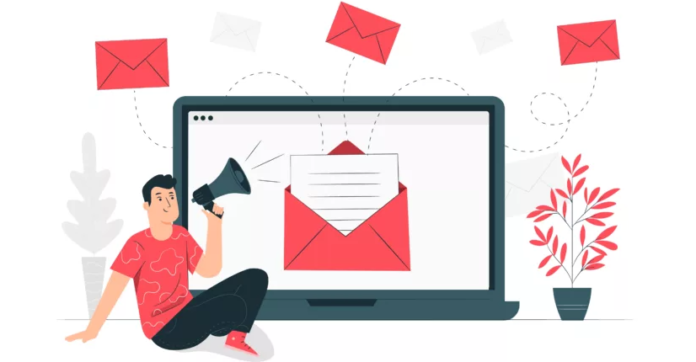Digital communication has made getting and staying in contact with people much easier, both personally and professionally. It has, however, exponentially increased the amount of communications people must manage which can be time-consuming and overwhelming. In order to decrease the anxiety that the influx of digital communication via email can cause, a plan of action is required. Deciding how to approach managing email and developing the right mindset may be the key to reducing the stress that email can cause.
Have Different Email Accounts
Organization is a key part of managing digital communication. An initial step that anyone hoping to rein in their email communication is to have separate email accounts for different purposes. People should have at least three different email accounts: a work or professional email, a personal email, and an extra email account that is a catchall for emails that do not fall into the first two categories. Having multiple email accounts may seem like more work, but having different email accounts will actually reduce the amount of work required to manage the emails because they will already be sorted into initial categories.
Create a Folder System
To further organize emails, a system of folders and potentially subfolders may be useful to some, especially those who rely heavily on email for work communication. These folders should be organized in a manner that allows the user to divide emails based on subject and level of urgency. As this organization process is happening, any emails that should be deleted should then be deleted immediately so as not to clutter the inbox or folders with unnecessary or already addressed emails. From there, people can determine the sort of email retention policy they will adopt for their emails to further organize their email communication.
Address Emails by Urgency
In order to manage the stress of emails, people must accept that all emails are not urgent and, therefore, do not need an immediate response. This is where having separate email accounts and folders really begin to reap benefits. Having separate email accounts allows users to focus on work emails when working and not have personal emails clutter the work inbox. Personal emails, which are typically not urgent, will wait to be addressed in teh personal account and will not need to be filtered out of work emails. Managing work emails will be much easier when they are divided into folders by category and, if necessary, subdivided into each of the categories by level of urgency. This will make the designated time for checking emails run much more smoothly.
The organization of emails will make responding to emails a much easier task. Implementing a “triage approach” to emails will reduce the stress of email communication. All emails do not need an immediate response, but some emails do need to be addressed quickly. Triaging emails allows people to know that they are handling emails that need to be prioritized without treating all emails with equal importance. This perspective is necessary, as emails will continually be received. Managing emails appropriately is the only way to manage the stress that email communication can cause.
Set Limits
Finally, email cannot be allowed to consume. As previously mentioned, emails should be addressed at a designated time for a designated amount of time. Especially as it relates to work, email can consume a large part of any person’s day if allowed. In order to truly manage email communication, people must implement boundaries in addition to the organization. There must be a limit.
Email communication has transformed how people communicate. Companies rely on email for their employees and families and friends utilize it to stay connected. The benefits of digital communication are clear. However, the benefits of email communication must not be allowed to make email become all-consuming. Organization and prioritizing are the keys to avoiding this pitfall. So people must develop an organizational plan for how to receive emails and how to respond to them. There will always be another email on its way.










![Anso FG Reviews: UPDATED 2024 [ansofg.com] Anso FG Reviews UPDATED 2024 [ansofg.com]](/wp-content/uploads/2023/12/Anso-FG-Reviews-UPDATED-2024-ansofg.com_-100x70.png)







